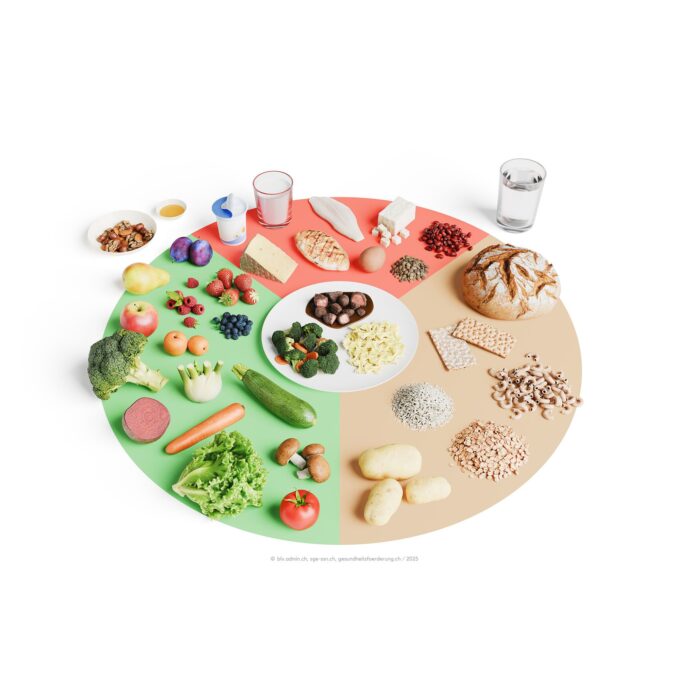Prevention app against ticks
A new app from the ZHAW points out local tick risks and provides tips for tick bites.

Tick bites can be dangerous. The new app "Tick, available now for Apple smartphones and iPads, aims to help protect the population from ticks. However, if someone has already been bitten, the app supports the tick victim with useful tips and a tick diary.
The interactive tool instructs users with a hazard potential map of the Zurich University of Applied Sciences (ZHAW) points out local tick risks. It provides information on effective tick protection and on the two most common diseases caused by tick bites in Switzerland, Lyme borreliosis and early summer meningoencephalitis (TBE).
The app explains the correct removal of a tick and supports the monitoring of one's own health by means of a tick diary. Furthermore, the app contains the map of the areas for which the Federal Office of Public Health (FOPH) has issued a vaccination recommendation against TBE, as well as the TBE vaccination recommendations of the FOPH. The hazard potential map and the tick diary can contribute to fewer cases of Lyme disease with its sometimes drastic complications.
In the tick diary, the affected person records the tick bite, whereupon the app queries the user at regular intervals for Lyme disease symptoms. If Lyme disease is suspected, a visit to the doctor is recommended.
The hazard potential map is a new development by ZHAW and represents the geographical risk of being bitten by a tick. Graphic representations of the five danger levels appear on the main screen and can be applied to the situation on site. The map is based on an algorithm that combines land use statistics from the Swiss Federal Statistical Office (SFSO), meteorological data from Meteogroup and the user's current location.
The FSO data provide information on whether a particular zone consists of settlement areas, arable land, meadowland or forest; ticks prefer the undergrowth at the edges of forests. The meteorological data allow conclusions to be drawn about tick activity: the warmer and wetter the weather, the more active ticks generally are. Together with the user's location data, these data allow a rough estimate of tick activity and thus the risk of being bitten by a tick. However, the hazard potential map cannot tell us anything about whether a tick is infected with Lyme borrelia, the TBE virus or other pathogens.
The Phytomedicine Research Group of the ZHAW developed the app with the support of the FOPH and other partners. It is available free of charge via the iTunes Store, initially in German and French. Development and technical implementation: Andreas Garzotto GmbH, ZHAW Phytomedicine Research Group, ZHAW GIS Research Group, A&K Strategy GmbH. Other project partners: Fondation Sana, Office of Health of the Principality of Liechtenstein, Commission for Technology and Innovation.









